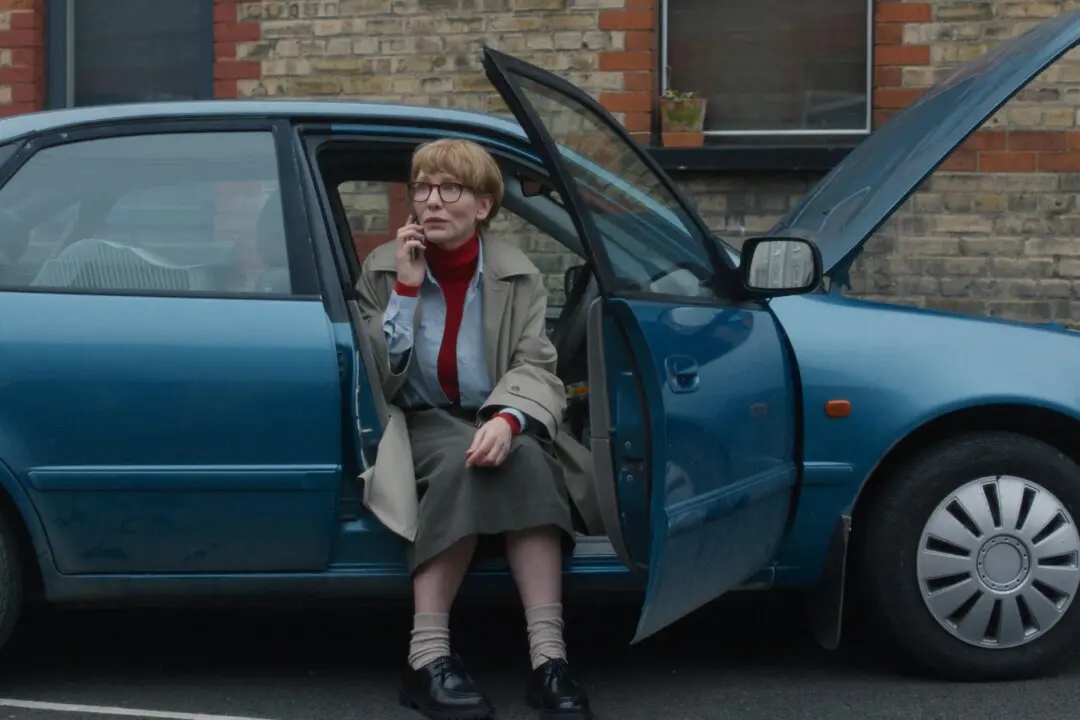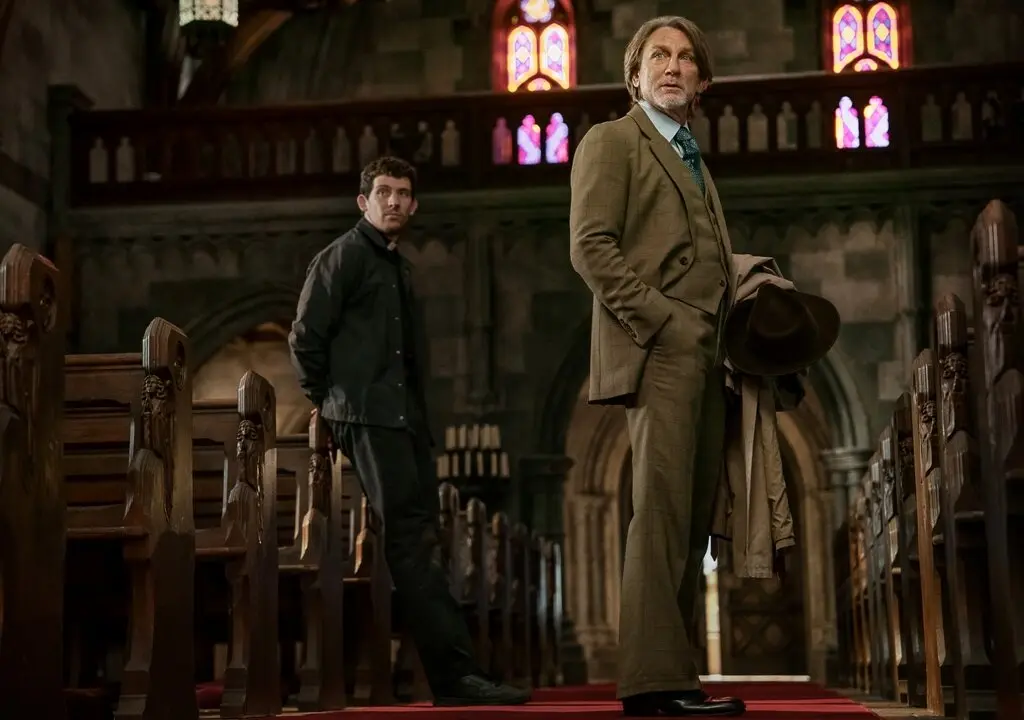R | 2h 49min | Drama, Historical, War | 24 July 1998 (USA)
As the nation prepares to celebrate its 245th birthday this weekend, it is wholly fitting to acknowledge a landmark film that depicted an event which rescued the free world from tyranny over 75 years ago.






